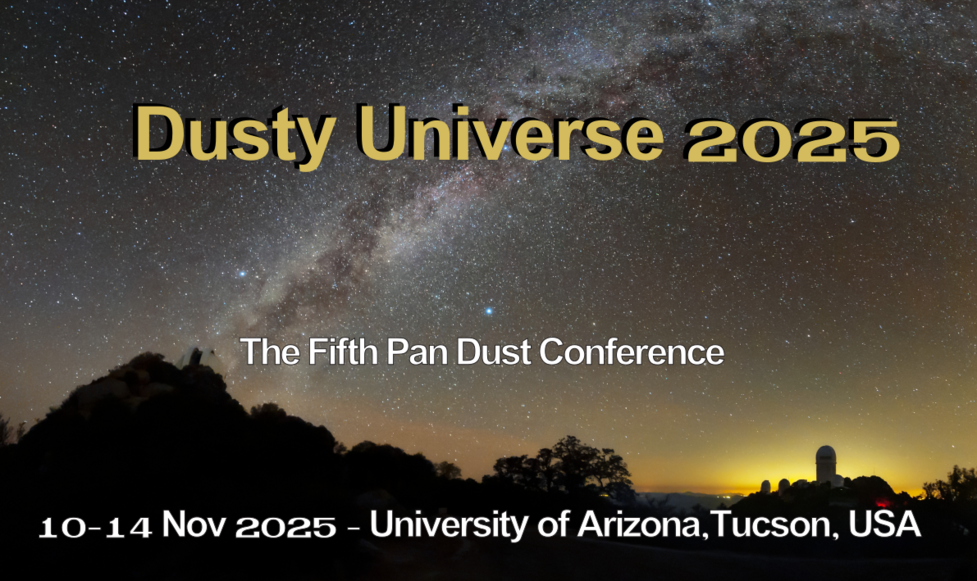Dust emission is one of our most informative observables about the ISM in other galaxies, revealing the mass, temperature, and composition of the dust and its relationship to gas and star formation. Over the years our view of dust emission in galaxies has greatly improved due to dramatic advances in the wavelength coverage, sensitivity, and angular resolution of space and ground based observatories. In particular, JWST observations now provide a ~10 pc scale view of dust emission in nearby galaxies probed with both near to mid-IR photometry and spectroscopy. I will review what we have learned from infrared observations of dust in galaxies, including variations in the dust-to-gas ratio, grain composition, mass fraction of polycyclic aromatic hydrocarbons, and the distribution of radiation fields heating the dust, focusing in particular on the striking new insights from JWST observations.

 PDF version
PDF version
